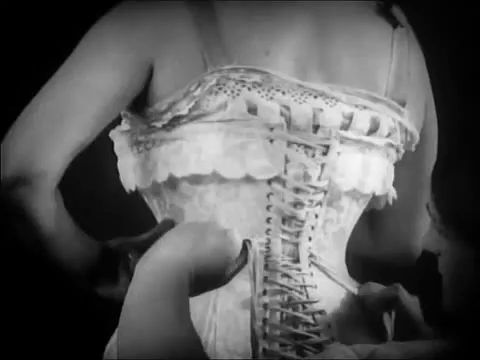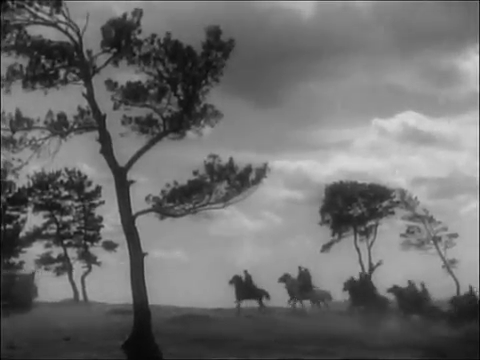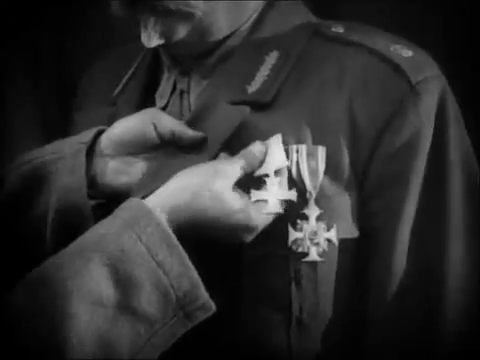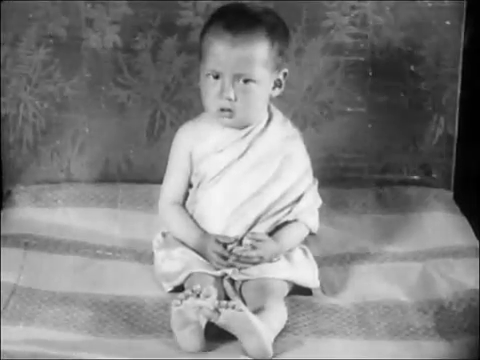|
Genres, Themes, Actors, and Directors:
- Russian Films
- Silent Films
Review:
V.I. Pudovkin’s third film in his so-called “revolutionary trilogy” — following Mother (1926) and The End of St. Petersburg (1927) — was this highly fictionalized tale of Mongols rising up against imperialist Brits (who in actuality never colonized the land!). To explain why Pudovkin would make a film set in Mongolia, a bit of history — courtesy of Wikipedia — seems in order:
In 1919, after the October Revolution in Russia, Chinese troops led by warlord Xu Shuzheng occupied Mongolia. Warfare erupted on the northern border. As a result of the Russian Civil War, the White Russian Lieutenant General Baron Ungern led his troops into Mongolia in October 1920, defeating the Chinese forces in Niislel Khüree (now Ulaanbaatar) in early February 1921 with Mongol support.
To eliminate the threat posed by Ungern, Bolshevik Russia decided to support the establishment of a communist Mongolian government and army. This Mongolian army took the Mongolian part of Kyakhta from Chinese forces on March 18, 1921, and on July 6 Russian and Mongolian troops arrived in Khüree. Mongolia declared its independence again on July 11, 1921. As a result, Mongolia was closely aligned with the Soviet Union over the next seven decades.
Well, there you go; I certainly didn’t know any of this before watching Storm Over Asia. On its own merits (historical untruths aside), it offers a fascinating pseudo-ethnographic look at Mongolian rituals as juxtaposed directly against equally “odd” European rituals:


Indeed, Pudovkin’s use of montage is as masterful as ever, so those with an interest in watching his craft will want to check this one out — but it’s not must-see viewing for all film fanatics.
Redeeming Qualities and Moments:
- Anatoly Golovnia’s cinematography


- Expert use of montage

- Fascinating footage of early 20th century Mongolian culture


Must See?
No, though it’s worth a one-time look for its cinematic interest as the first movie shot in Mongolia (but not for its historical accuracy!). Listed as a film with Historical Relevance in the back of Peary’s book.
(Listed in 1001 Movies You Must See Before You Die)
Links:
|








One thought on “Storm Over Asia / Heir of Genghis Khan, The (1928)”
First viewing. Agreed; not must-see.
Not that it’s an uninteresting film but it will most likely mainly be of interest to those who follow the director’s work.